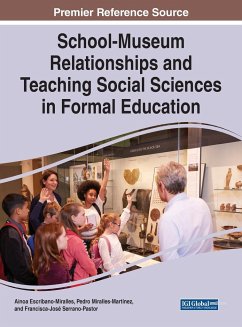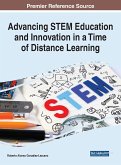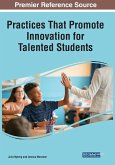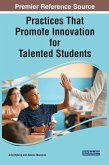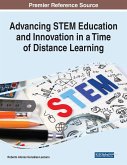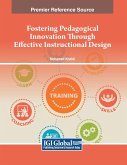Coverage of heritage and archeology in formal education is typically limited. These subjects are typically taught through specific and anecdotal activities that do not respond to a specific methodological foundation. School-museum relationships offer numerous benefits for design participation experiences with long-term perspectives in conducting systematic activities. The collaboration between the museum and school should be considered a maxim for the development of teaching-learning processes of history based on the students' investigation of their own reality and the immediate context of a lived culture using the archaeological heritage. School-Museum Relationships and Teaching Social Sciences in Formal Education paves the way for collaboration between museums and schools as a rule of conduct for the development of teaching and learning processes for the social sciences. This book focuses, from within the field of formal education, on the spaces in which learning takes place (school and archeological museums) to establish proposals for improvement in the teaching and learning of history, taking heritage education as a point of reference and heritage as a teaching resource. Covering topics such as interactive collaborative models, teaching and learning improvement, and the school-museum educational projects, this premier reference source is an excellent resource for museum educators, directors, educators and administrators of both K-12 and higher education, pre-service teachers, teacher educators, government officials, librarians, researchers, and academicians.

